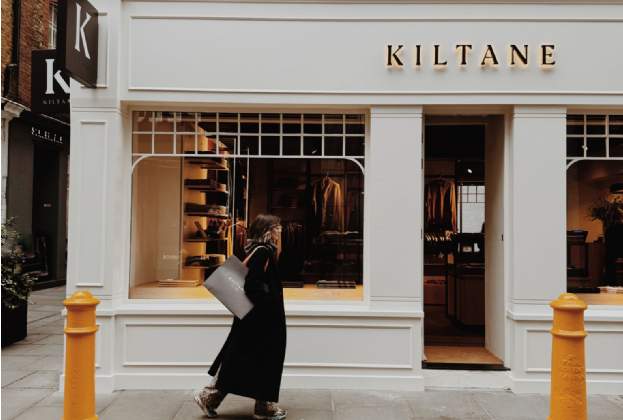Landlords with unoccupied space that was previously occupied by an anchor retailer are looking to repurpose assets to protect value. Keen to remove the cost of significant vacant rates, tackling rising energy bills and replacing lost footfall are, naturally, major areas of focus. But less considered are the implications which repurposing, or conversion to alternative use, has on the service charge.
It is crucial, however, to consider this during the early stages of a project, as existing occupiers can be presented with seemingly unfair service charge increases and landlords with unexpected shortfalls, putting relationships to the test. At worst, this makes repurposing unviable. Therefore developers, landlords and property managers must ensure service charges are compliant, fair and fit for purpose.
Shopping centres, in particular, have faced an exodus of anchor retailers. The service charges often have weighted apportionments to account for the scale of these units, splitting cost apportionment across occupiers to a fair and proportional level relating to benefit received; costs attributed to these larger anchor units still tend to count as the lion's share.
Finding an alternative retailer or occupier to take such a large space is difficult, therefore an alternative might be a hotel or offices. This change puts the service charge in a position where a reconfiguration or rebalance is needed to maintain fairness and compliance with the RICS Professional Statement.
Introducing new uses can change service requirements. For example, an anchor retailer might require more security services than office occupiers. Service charges could also be required to provide new services to accommodate a change of use, such as late-night opening for leisure operators.
Additionally marketing costs, likely to have been largely picked up by an anchor tenant, may hold little benefit for an office occupier. A reduction in marketing spend is unlikely to be popular; and landlords cannot simply shift existing cost onto remaining retailers without obtaining full prior consent, and won’t want to be faced with a sizeable marketing shortfall, in addition to the 50 per cent contribution the landlord makes to comply with the RICS professional statement.
However, repurposing gives developers and landlords scope to pause a service charge regime, review options and legitimately reset to a charge that is appropriate for the new user mix.
In a recent service charge review of a major regional shopping centre, a former anchor retailer unit was transformed into offices and leisure. This increased the overall weighted Gross Internal Area and reduced the overall rate per square foot across the scheme. The repurposing of the unit into offices and leisure reduced the individual unit sizes whereas the weighting model adopted exists to apply the largest discount to the largest sized units. A good outcome for landlord and occupier.
Ensuring service charges are modern, RICS compliant and serve the building and occupiers fairly gives confidence to landlords, occupiers and their teams. It pays to ensure plans for the service charge are in line with the leases and communicated to all occupiers, in advance, to ensure transparency and secure support.
Further information
Contact Mark Garmon-Jones or Tom Morris-Chippendale

.jpg)







.jpg)
